How Air Duct Repair and Cleaning Eliminate Harmful Contaminants
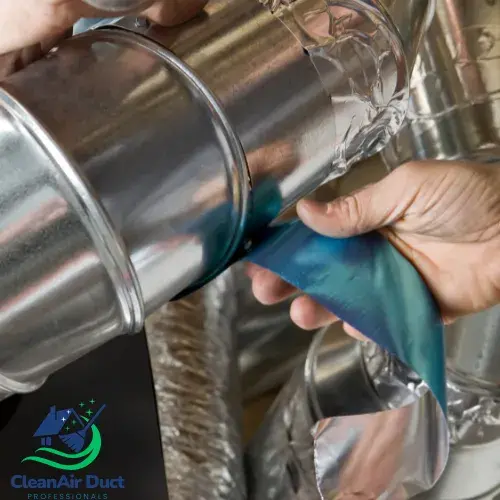
Dirty or damaged air ducts can harbor allergens, mold, and dust that contaminate your home’s air supply. These pollutants are then circulated by your HVAC system, potentially causing allergies, asthma flare-ups, and other respiratory issues. Combining air duct repair and cleaning removes these contaminants and prevents them from re-entering your system. Cleaning clears out accumulated […]
How Air Duct Repair Removes Contaminants from Your Air
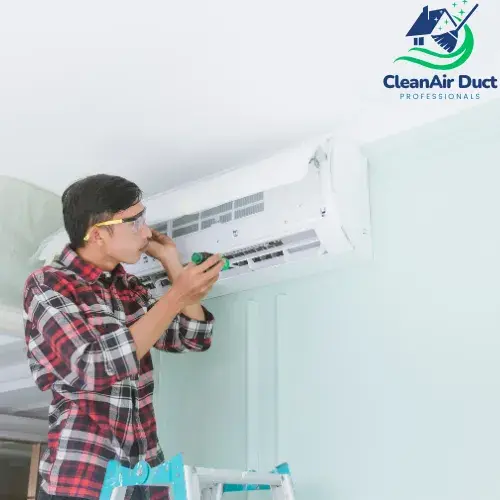
Your air ducts act as the pathways for air to travel throughout your home. When they’re damaged or dirty, they can distribute dust, pollen, mold spores, and other pollutants into the air you breathe. This can lead to respiratory issues, allergies, and an overall decline in indoor air quality. Air duct repair ensures that leaks […]
How Air Duct Repair Prevents Energy Loss
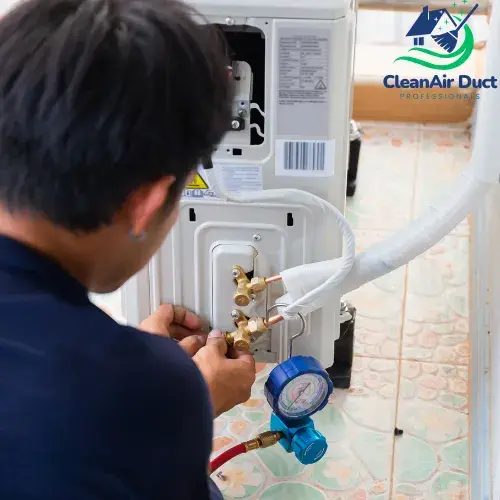
Leaky or poorly sealed air ducts are a common culprit for energy loss in homes. When air escapes through gaps or cracks, your HVAC system has to work overtime to maintain the desired temperature. This means more energy is consumed, even though a significant portion of it is wasted. Air duct repair addresses these issues […]
How Air Duct Repair Improves Indoor Air Quality
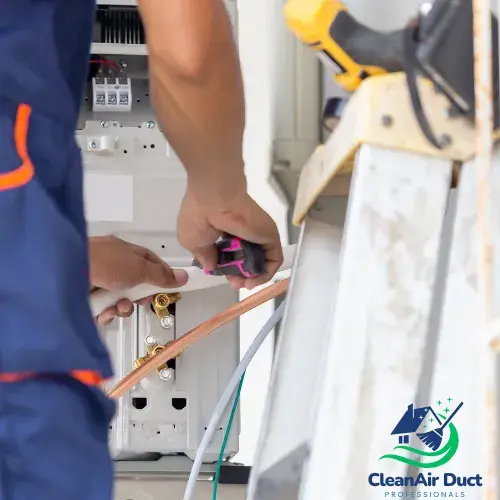
When your air ducts are damaged or dirty, they become a breeding ground for dust, mold, and allergens that get circulated through your home. This can trigger allergies, worsen asthma, and lower overall air quality. Air duct repair eliminates these contaminants by sealing cracks, fixing leaks, and ensuring proper insulation. These repairs prevent harmful particles […]
Leaks and Cracks: The Silent Culprits Behind Air Duct Replacement
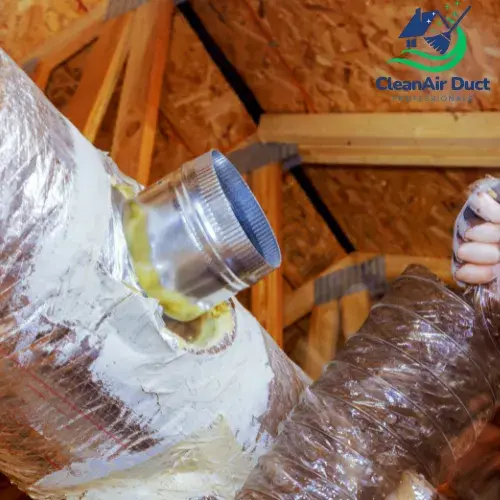
Over time, air ducts can develop leaks and cracks due to wear and tear or improper installation. These gaps allow conditioned air to escape, reducing the efficiency of your HVAC system and driving up energy costs. When your ducts are damaged, your system has to work harder to maintain the desired temperature, which not only […]
Identifying Energy Loss: How Damaged Ducts Increase Utility Costs
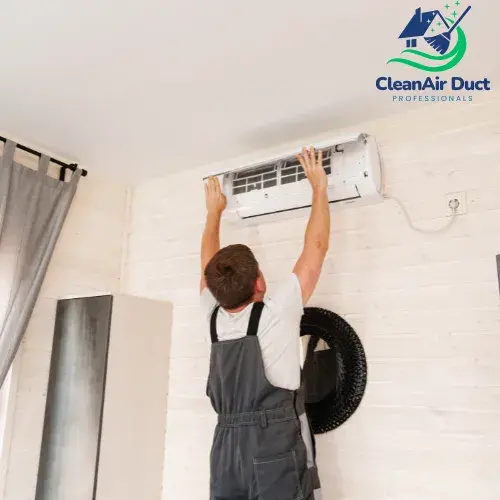
Damaged air ducts are one of the most common culprits behind rising energy bills. When ducts develop leaks, cracks, or loose connections, conditioned air escapes before it reaches your living spaces. This means your HVAC system has to work overtime to compensate for the lost air, consuming more energy and driving up costs. Poorly sealed […]
Rising Energy Bills: How Damaged Ducts Impact Your HVAC Efficiency
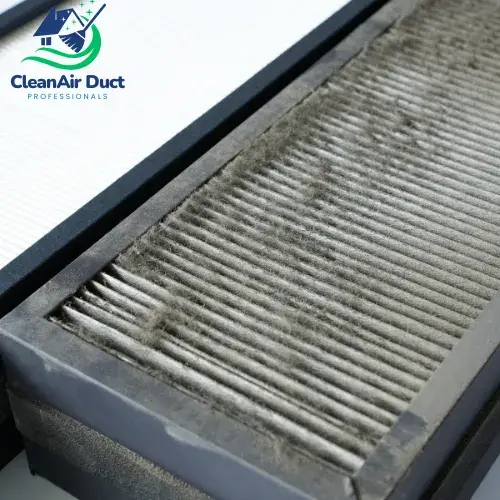
If your energy bills are steadily increasing without a clear reason, your air ducts might be the culprit. Damaged ducts with leaks, cracks, or disconnected sections allow air to escape before it reaches its destination. This forces your HVAC system to work harder to maintain the desired temperature, leading to higher energy consumption and costs. […]
How Air Duct Replacement Improves HVAC System Performance and Efficiency
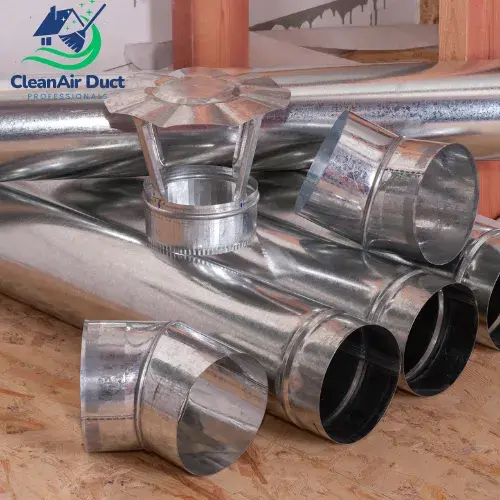
Over time, air ducts can develop leaks, cracks, or blockages that disrupt airflow and reduce the efficiency of your HVAC system. These issues force your system to work harder to maintain the desired temperature, which leads to higher energy bills and unnecessary strain on components like the blower motor. Air duct replacement resolves these problems […]
Myth: Air Duct Cleaning Isn’t Necessary for Newer HVAC Systems
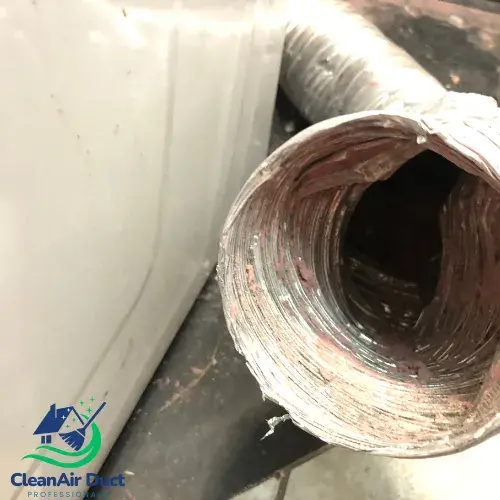
A common misconception is that new or recently installed HVAC systems don’t require air duct cleaning. While a newer system may seem clean, dust and debris can accumulate surprisingly fast, especially if you’ve done renovations or live in an area with high pollen or dust levels. Even new homes can have construction debris like drywall […]
How Air Duct Cleaning Improves Indoor Air Quality and Reduces Allergens
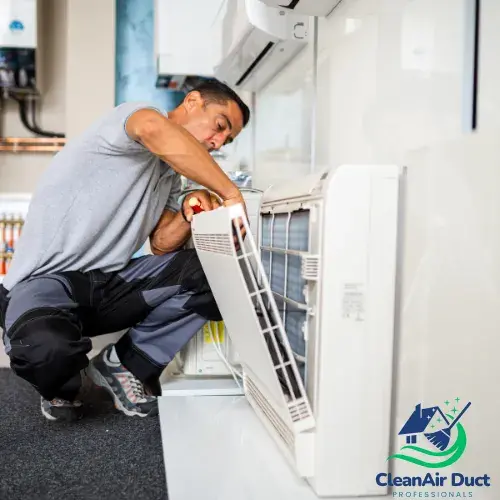
Your air ducts are like the lungs of your home, circulating air throughout every room. Over time, they can collect dust, pollen, pet dander, and even mold spores, which are then released into the air you breathe. This buildup can lead to poor indoor air quality, triggering allergies, asthma, and other respiratory issues. Regular air […]
